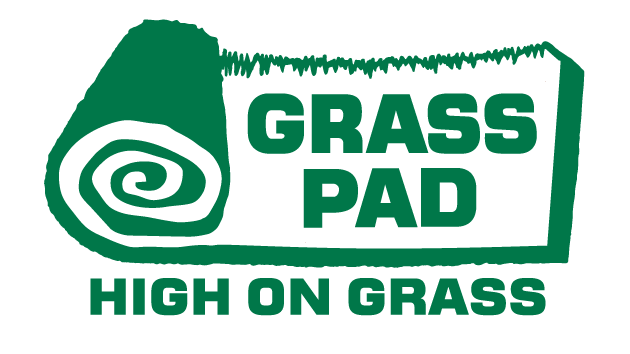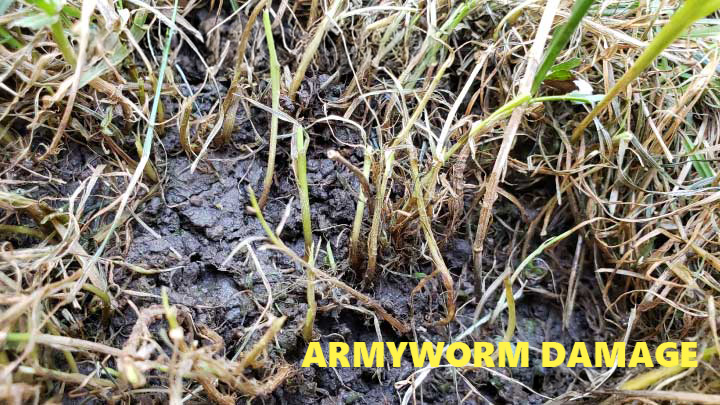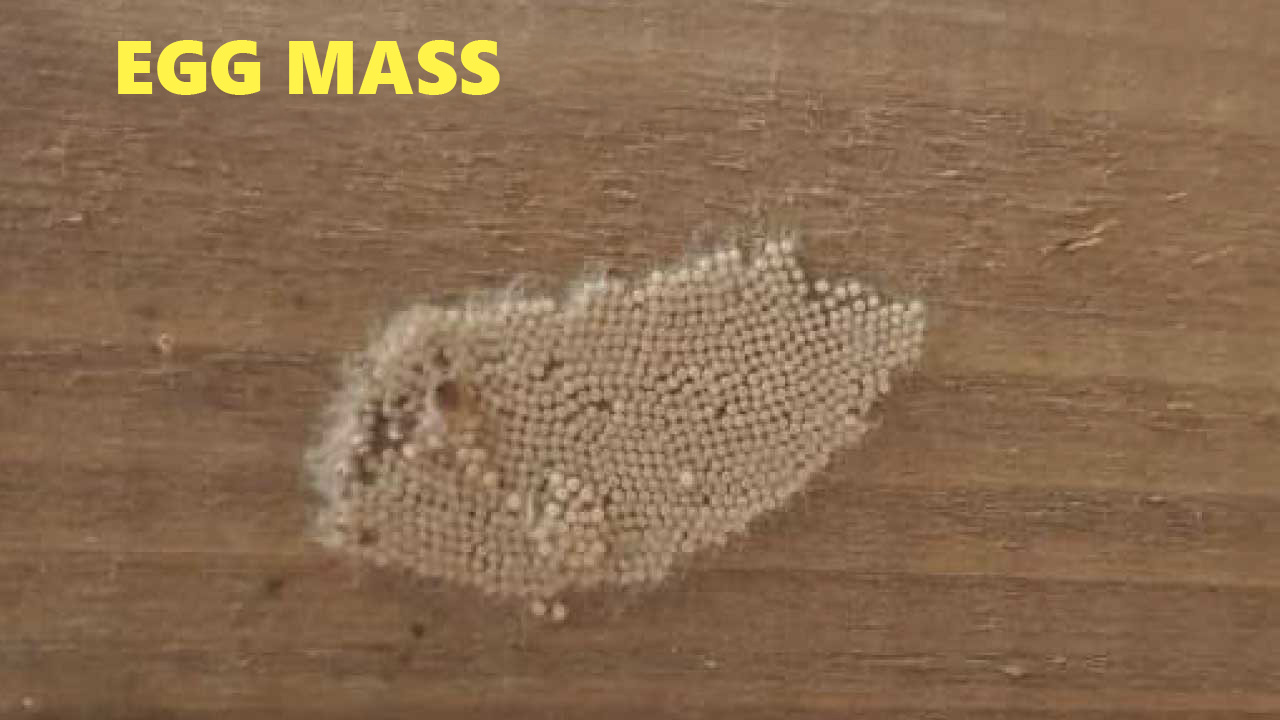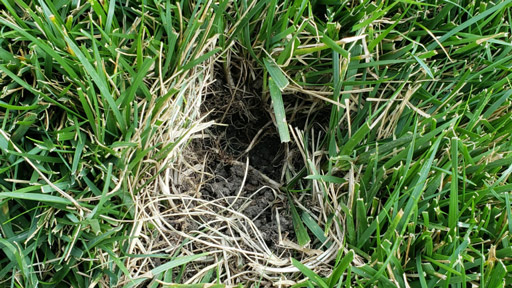Should I be concerned about Armyworms?
In a typical fall season, armyworms are not a big concern for our region, and the last major infestation was in 2014. Fall armyworms are not indigenous to our area and do not overwinter here. Instead, they are larval of a moth that migrates from further south. Unusual weather patterns may have played a factor in their arrival this year. The late spring freeze or this summer’s heatwave may have confused the armyworm moth’s biological GPS. The only thing we know for sure is, they are here now!
What do Fall Armyworms eat?
The fall armyworm feeds on a host of different crops, but they prefer lush green, well-fertilized tall fescue, bluegrass and rye grasses. Armyworms feed on the bottom of a plant first and move up the stem, quickly stripping foliage from the leaves and leaving only the tough stalks. Typically, Armyworm damage does not kill established turf; however, dense populations of Armyworms can damage turfgrass crowns which will kill turf.
How to Identify Fall Armyworms
Armyworm moths lay egg masses in clusters on flat surfaces reaching as many as 1,000 individual eggs hatching in just a few days. The larval stage tends to last about two weeks in the heat of summer to almost a month in cooler weather. They are ferociously feeding day and night on the best-looking lawns. The young are greenish caterpillars with a black head maturing to a dark brownish body with hair-like spines. The face of the mature larva is marked with a white inverted “Y.”
Armyworms move across the soil surface as a group or “Army”, you can see the noticeable line between damage and undamaged turf. After larvae have fully grown, they bury themselves into the soil and form pupae. A new population of moths will emerge in about two weeks. Damage can come in waves with multiple generations; monitoring your lawn for the rest of the season is advisable.
Signs of Fall Armyworm Invasion
- Brown patches resembling drought damage pop up overnight.
- Noticeable line between damaged and undamaged turfgrass
- Brown patches with all tender green leave removed, leaving only stems.
- Birds are digging near those brown areas.
Testing for Armyworms
Test for Armyworms is simple using a pitcher of water and a tablespoon of liquid dish detergent. Pour the mixture over an area adjacent to the problem areas. You can see them come to the surface. We recommend treating immediately.
Treatment for Fall Armyworms
When choosing to treat armyworms, timing is crucial, and early treatment is the most effective. Small fall armyworms are more easily controlled than the mature. Grass Pad is your Critter Gitter headquarters. We have a complete line of DIY pest control products in granule and liquid forms to satisfy your lawn and garden situation. So come on down and talk to our Green Team to find the right control product to fit your lawn or garden needs. Responsible use of pesticides, either organic or synthetic, is encouraged. Always read and follow label recommendations.
Uncle’s Tips: Spray treatments have more significant and quicker contact effectiveness than granular applications. Early morning or late afternoon is the best time because the armyworms are active. If applied mid-day, the armyworms may be below the surface, and the application will not be as effective. When using Critter Gitter granules, use plenty of water to allow for good penetration. Treat more than once. Just because the armyworms disappear into the pupae stage does not mean they are gone. They will mature, lay eggs, hatch, and infest your yard again. Be vigilant and treat multiple times 4 weeks apart following the label instructions to break the armyworm life cycle.
Repairing Turf Damaged from Fall Armyworms
Repair any damaged areas following Uncle’s Steps to Fall Lawn Renovation and using extra grass seed in damaged areas. When used responsibly and as directed on the label, the controls for armyworms will not affect fall renovation or overseeding.






